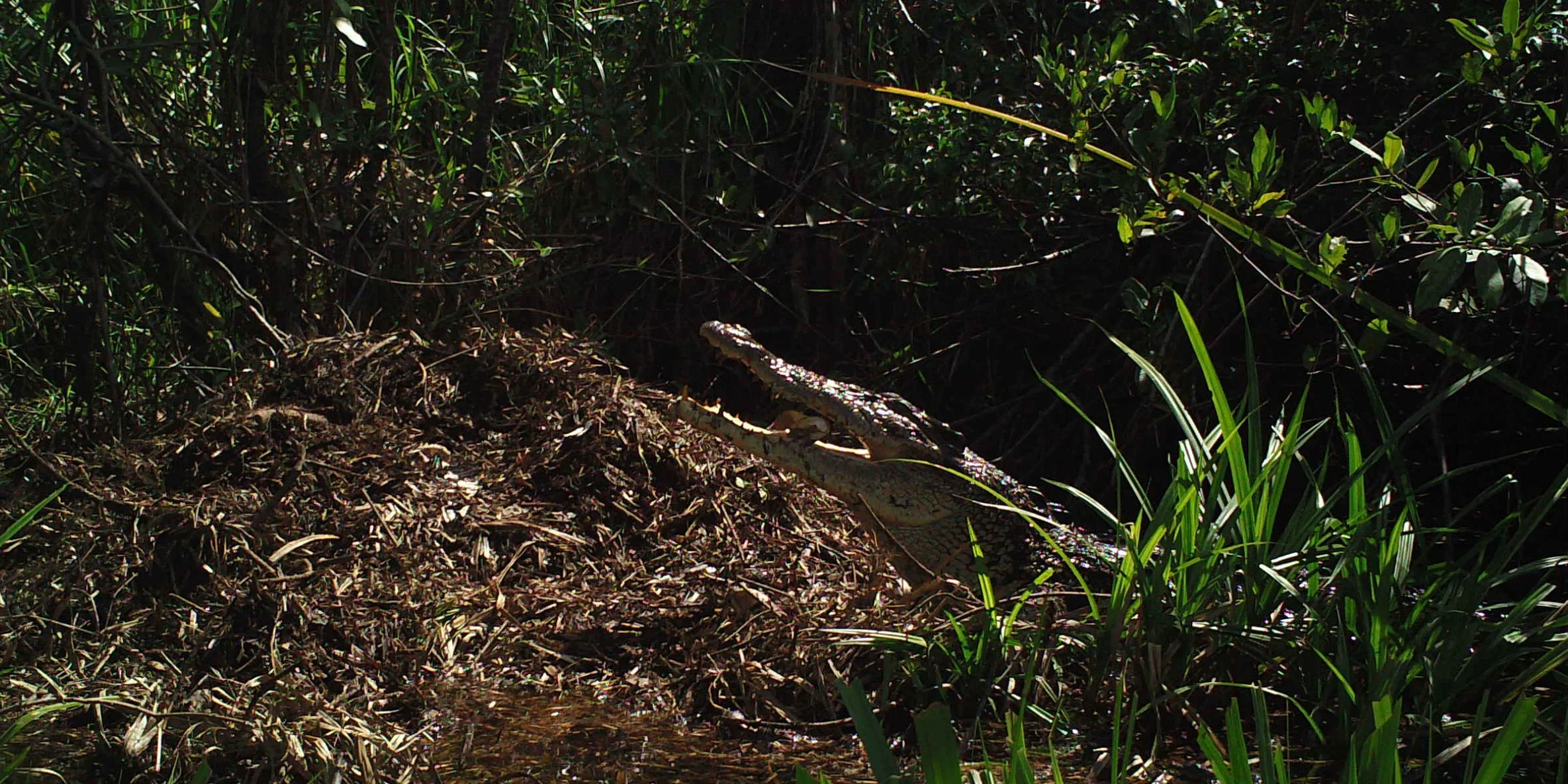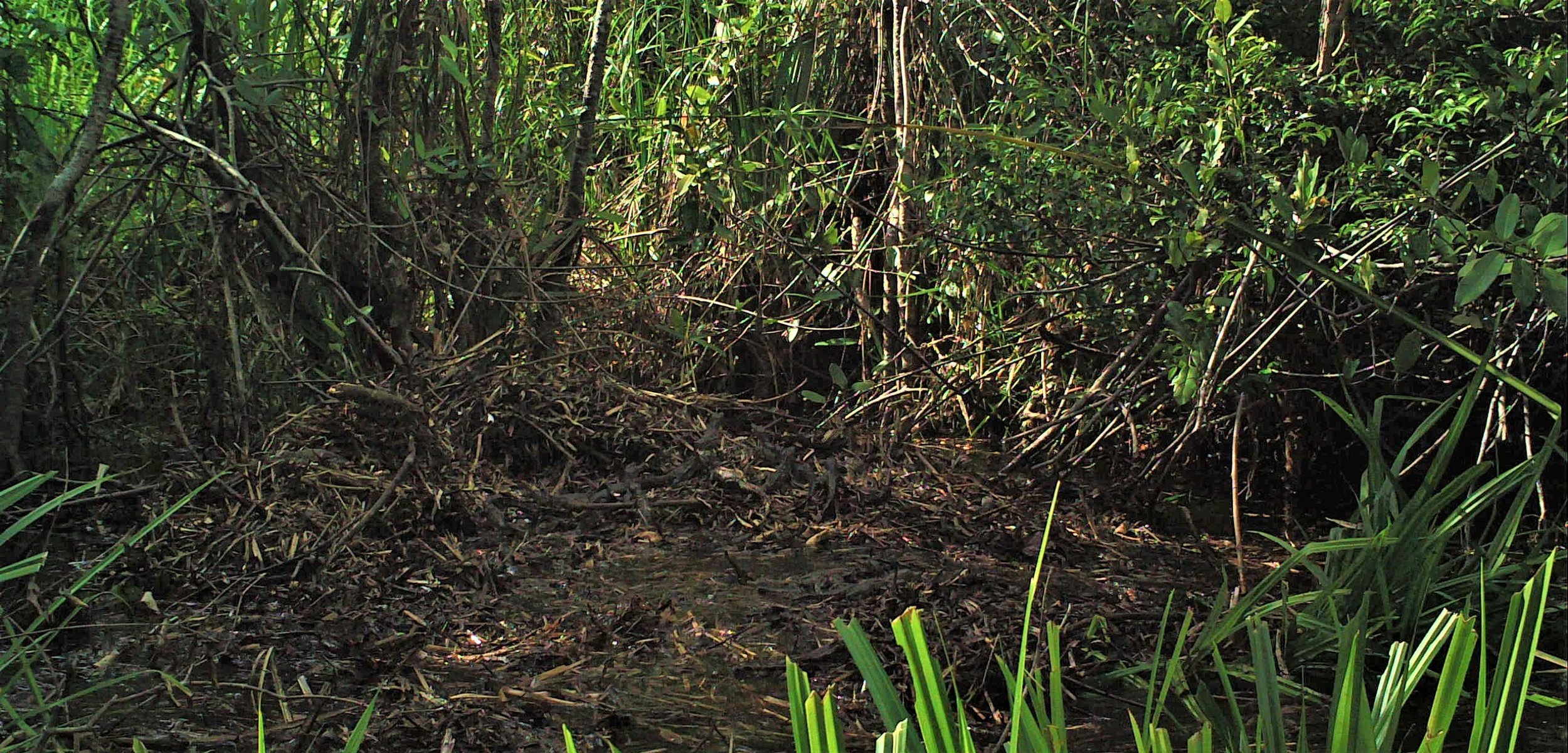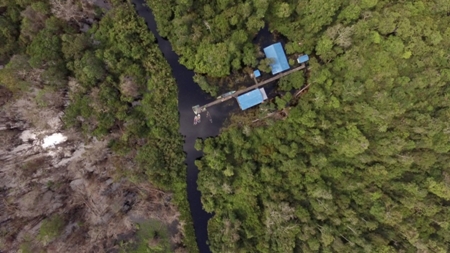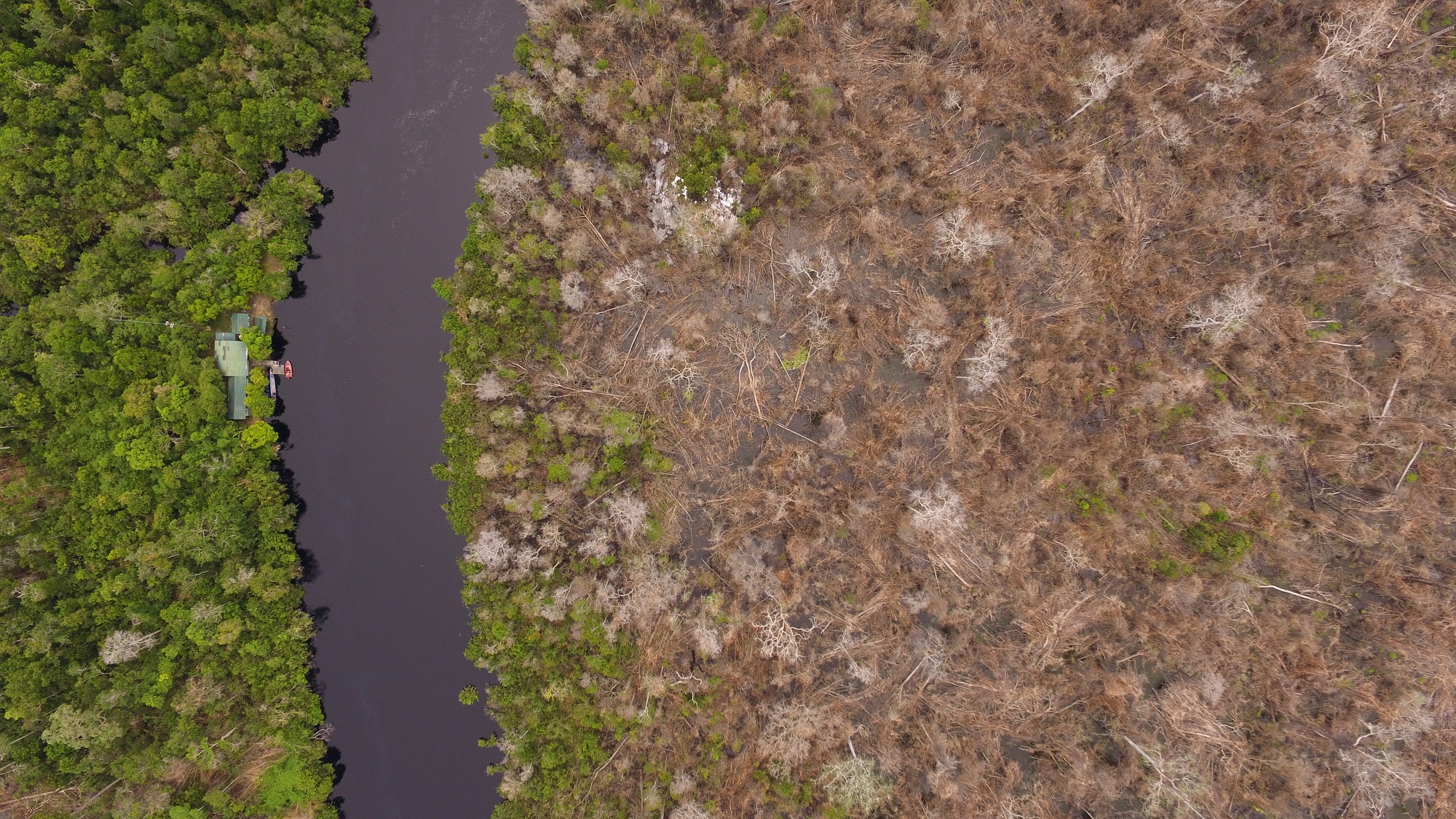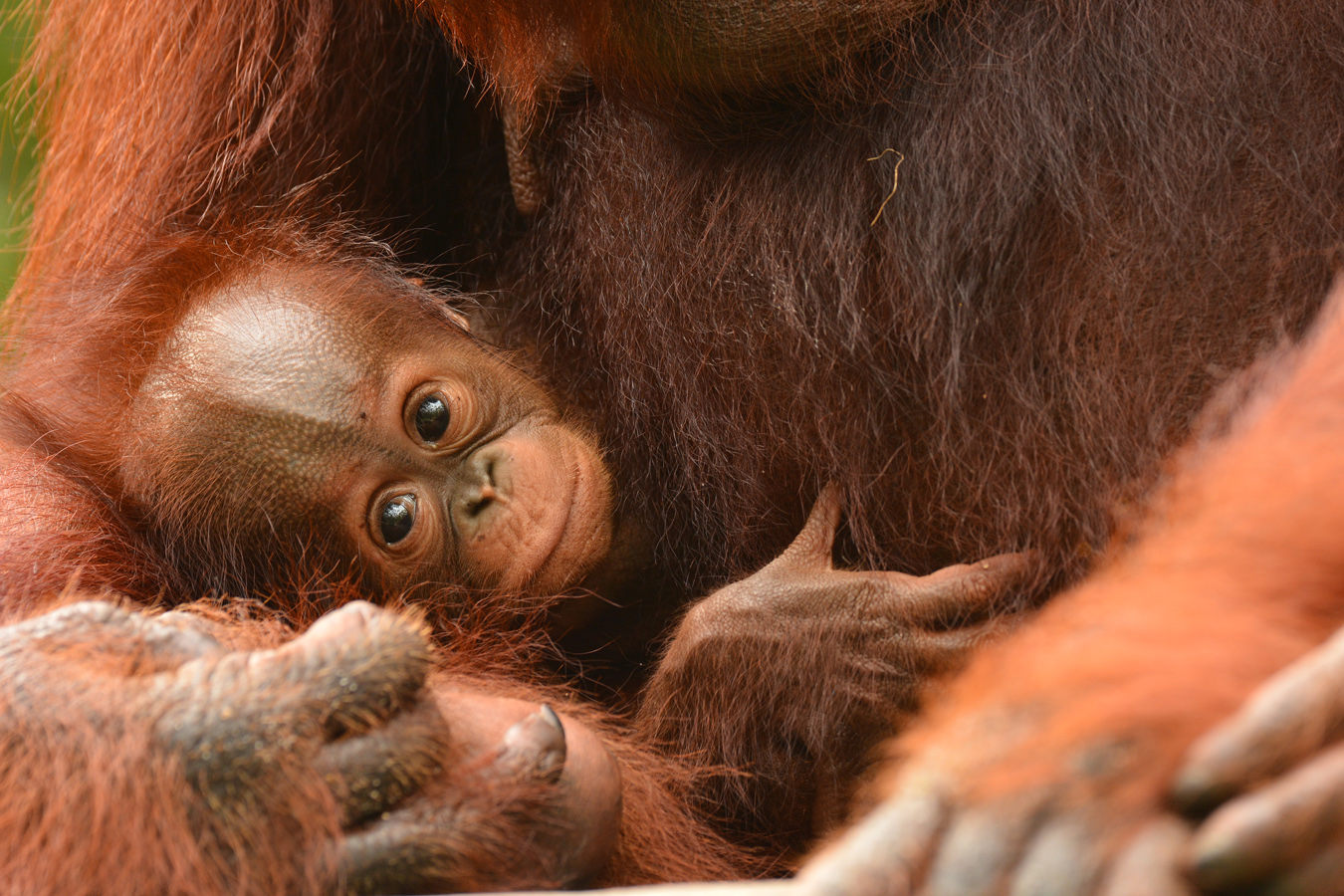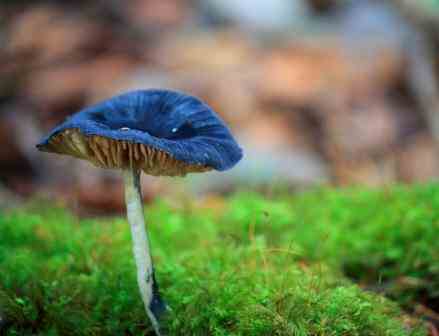 The Foundation are collaborating with conservationists to give a 24-hour window into wildlife of remote rainforests, using facebook and twitter!
On 2 June 2014 conservationists are coming together to share 24 hours of wildlife sightings from rainforest locations across Southeast Asia. The Foundation were asked to take part and are excited to see what we can see from so many fabulous locations across the working world of biodiversity.
The Foundation are collaborating with conservationists to give a 24-hour window into wildlife of remote rainforests, using facebook and twitter!
On 2 June 2014 conservationists are coming together to share 24 hours of wildlife sightings from rainforest locations across Southeast Asia. The Foundation were asked to take part and are excited to see what we can see from so many fabulous locations across the working world of biodiversity.
'Rainforest: Live' will take advantage of social media, using the spread of technology to allow everyone to see and learn about even some of the most remote corners of the globe.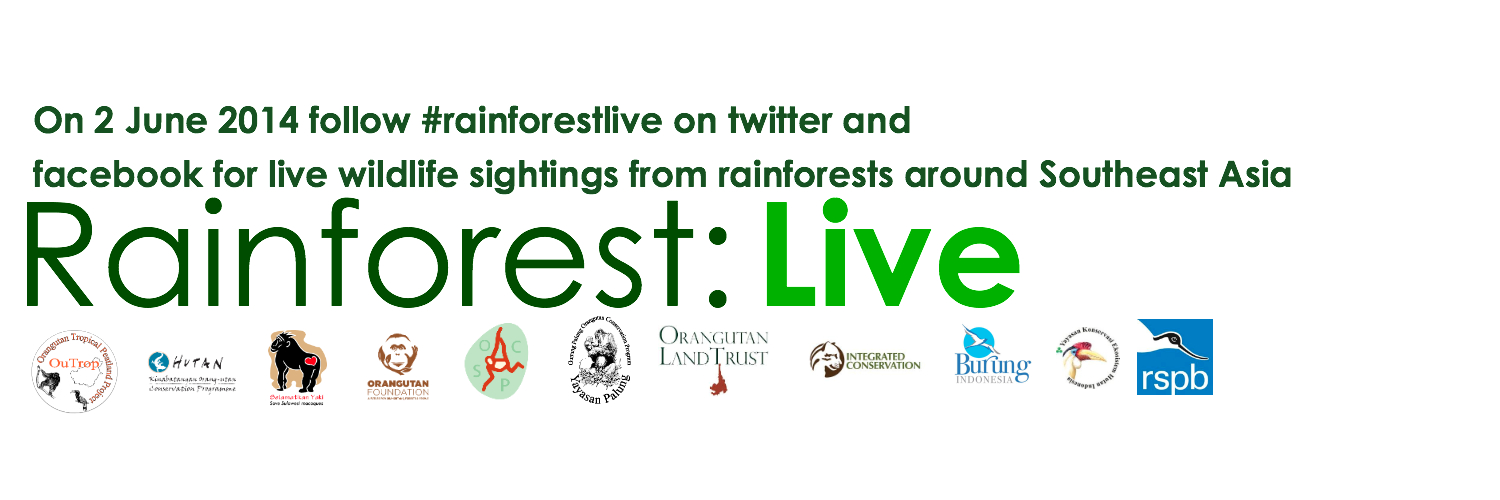
Photos, videos and wildlife sightings will all be shared live. The 11 respective rainforest field sites will all use the hashtag #rainforestlive. Do ask us or any of the organisations questions using the hashtag!
Ashley Leiman, OBE, Director of the Orangutan Foundation, said “this collaboration brings home that deforestation effects not only the wildlife, but is the third largest cause of green house gas emissions and so effects everyone on the planet. Days such as this highlight how much researchers are learning, with a view to achieving more conservation successes on the ground.”
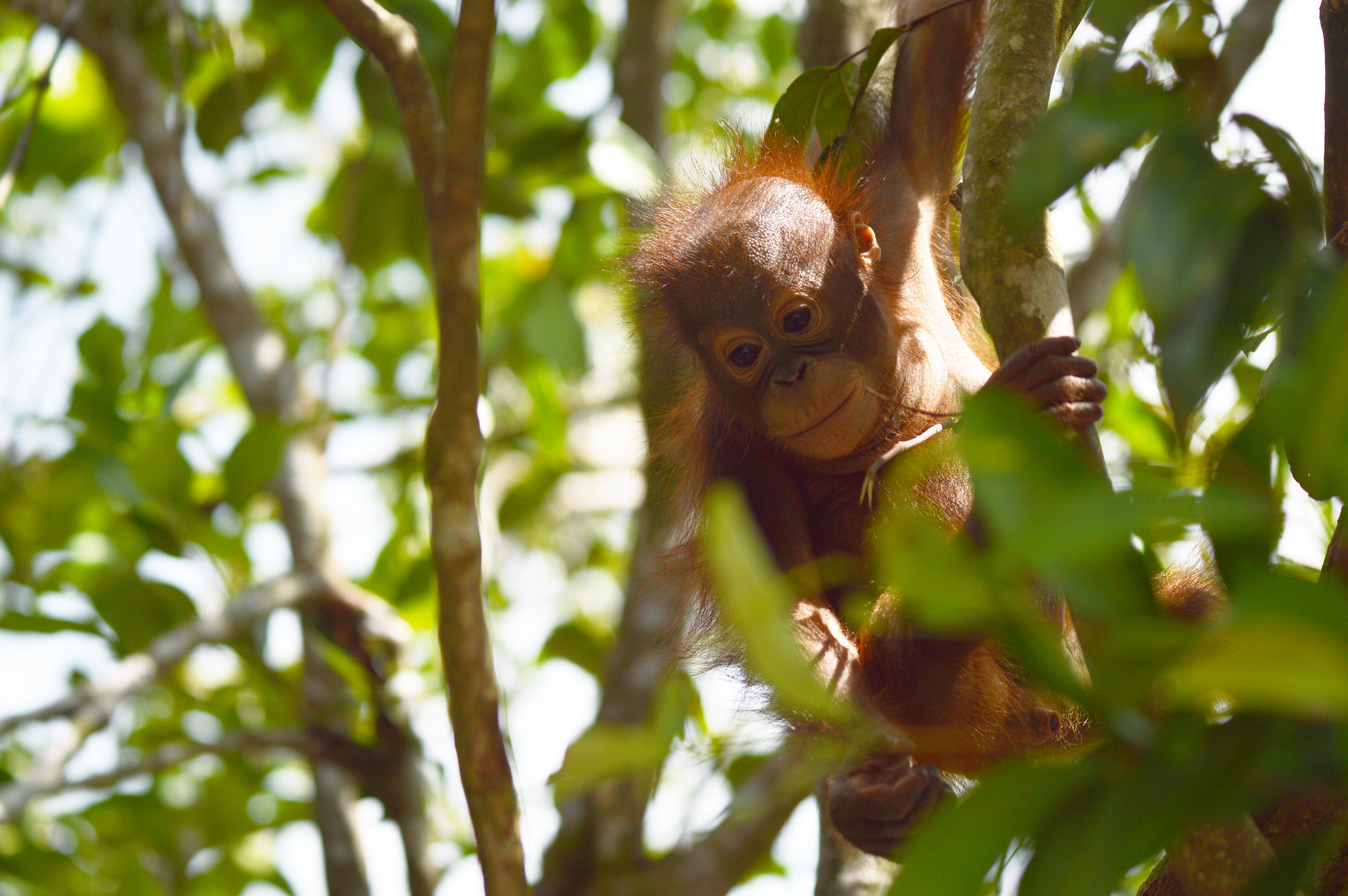
Matt Williams, Communications Manager for OuTrop said “If people in Southeast Asia and across the world are reminded of this incredible natural gift, then we have a better chance of saving tropical rainforests everywhere. Rainforest: Live is an unprecedented event bringing live sightings straight from the jungle. Members of the public can take part by using the #rainforestlive hashtag to ask questions they’ve always wondered about to rainforest experts.”
“We’re excited to participate in this event,” says Dr. Cheryl Knott, Executive Director of the Gunung Palung Orangutan Project, “as Rainforest: Live will provide an exciting ‘virtual experience’ for the pubic – a way to simultaneously travel to rainforests throughout Southeast Asia and experience the regions’ incredible biodiversity.”
Can't wait for Monday - hope to see you online on the 2nd!
Orangutan Tropical Pealtand Project – Facebook, Twitter
Orangutan Foundation UK – Facebook, Twitter
Harapan Rainforest – Facebook, Twitter
Gunung Palung Orangutan Project – Facebook, Twitter
Orangutan Land Trust – Facebook, Twitter
HUTAN – Facebook, Twitter
Selamatkan Yaki – Facebook, Twitter
Sumatran Orangutan Conservation Program – Facebook, Twitter
Integrated Conservation – Facebook, Twitter
Burung Indonesia – Facebook, Twitter
RSPB – Facebook, Twitter



